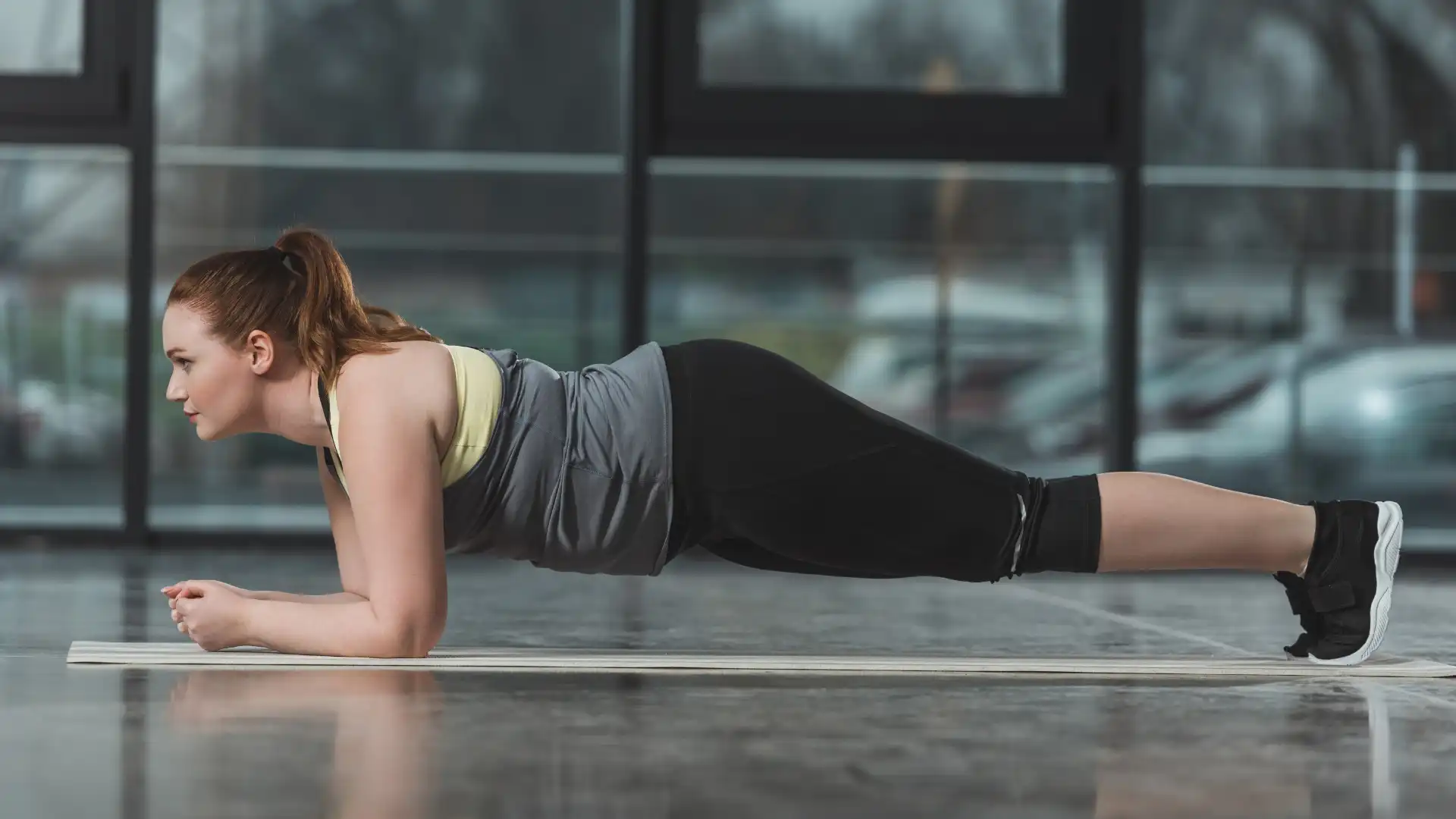How Exercise Might Help Brain and Nervous System Health

“The research shows that using the legs, particularly in weight-bearing exercise, sends signals to the brain that are vital for the production of healthy neural cells, essential for the brain and nervous system. Cutting back on exercise makes it difficult for the body to produce new nerve cells — some of the very building blocks that allow us to handle stress and adapt to challenge in our lives.”—Science Blog
You know how we’re always writing about how physical exercise is so important for brain and nervous system health? And how being sedentary is one of the worst things you can do for the health of your brain? So far, we haven’t said exactly why this is true, just that it has been proved scientifically by, for example, comparing the cognitive skills of twins, one of whom exercised more than the other (see Yoga for Healthy Aging: Study of Twins Shows that Muscle Fitness Predicts Better Cognitive Functioning). And we often just quote Ram Rao, our staff neuroscientist, saying, “What’s good for the heart is good for the brain.”
But just yesterday, I read an article in Science Blog titled “Exercise is Critical to Brain and Nervous System Health about a new study: Reduction of Movement in Neurological Diseases: Effects on Neural Stem Cells Characteristics, published in Frontiers in Neuroscience. (1) The article provided possible new insights into how exercise (or lack thereof) affects the health of your brain and nervous system.
According to the article on Science Blog, the study showed that when you exercise using your large leg muscles, particularly when you are doing weight-bearing exercise, those muscles send messages to your brain that stimulate the production of neural cells (which are needed for a healthy brain and nervous system!). And for those who are sedentary or can’t do weight-bearing exercises, such as those with chronic diseases or even astronauts living in space, there will be a significant decrease in the number of new neural cells that are created.
How Exercise Builds Brain Power
To do this study, the scientists used mice, which they prevented from using their hind legs for 28 days. (Although their legs were restricted from exercising, the mice could still use their front legs for eating and grooming.) The control group was a group of mice that were allowed to exercise freely as usual.
After 28 days, the scientists looked at the subventricular zone in the mice’s brains (the area of mammal brains in which neural stem cells create new neurons and which also, in general, helps to preserve nerve cell nerve cell health). What the scientists found was that compared with the control group, the number of neural stem cells in the non-exercising group of mice was 70 percent lower! Additionally, the special cells that support and insulate nerve cells—neurons and oligodendrocytes—had not matured completely. As one of the scientists said:
“Our study supports the notion that people who are unable to do load-bearing exercises—such as patients who are bed-ridden, or even astronauts on extended travel—not only lose muscle mass, but their body chemistry is altered at the cellular level and even their nervous system is adversely impacted.” – Dr. Raffaella Adami, Università degli Studi di Milano, Italy
Furthermore, by analyzing individual cells, the scientists found that the mice whose ability to exercise had been restricted had lower amounts of oxygen in their bodies, something will alter the body’s metabolism. And they also observed that the period of restricted exercise also seemed to influence a gene that contributes to the health of mitochondria, which are important sources of energy that our bodies need. Wow, that is a lot of negative effects from lack of exercise!
Of Mice and Men
Interesting scientific studies are still being made on a daily basis about the importance of exercise for brain and nervous system health. I asked Ram what he thought about this study and he said:
“It is an interesting study no doubt, but it’s using mouse models.
1. When it comes to brain studies/cognition/memory/neurons, mouse studies do not recapitulate successfully in humans.
2. The SVZ area is rich in neural stem cells and any kind of stress/activity/trauma can stimulate the production and proliferation of stem cells.
3. It is not clear if exercise is stimulating the stem cells directly or through an indirect way (like increasing blood flow or activating some growth factors etc).
Whatever be it, there is no doubt that exercise improves physical role, improves depression scores, has beneficial effects on the planning and execution of a response, as well as on the executive functions. So exercise of any kind needs to be a daily routine similar to eating and sleeping.”
The Bottom Line: Exercise!
The bottom line for all of us is that when you’re thinking about brain health, it’s important not to fall into that old trope that you should just be doing crossword puzzles, etc. as a way of fostering brain health. We really all should be taking lots of nature and/or urban hikes and practicing our standing poses as well as staying mentally stimulated!
Also, read...
4 Yoga Practices to Stimulate the Vagus Nerve
Do Yoga and Meditation Reduce Health-Care Utilization? What Studies Say
Related courses

Nina Zolotow, RYT 500, the author of the forthcoming book “Yoga for Times of Change” and the Editor-in-Chief of the Yoga for Healthy Aging blog, is both a yoga writer and a yoga teacher. She trained to be a yoga teacher at The Yoga Room in Berkeley, California, has studied yoga therapy with Shari Ser and Bonnie Maeda, and is especially influenced by the teachings of Donald Moyer. She also studied extensively with Rodney Yee and is inspired by the teachings of Patricia Walden on yoga for emotional healing. Her special area of expertise is yoga for emotional well-being (including yoga for stress, insomnia, depression, and anxiety). She teaches workshops and series classes on yoga for emotional well-being, stress management, better sleep, home practice, and cultivating equanimity.
Nina is the co-author with Baxter Bell of Yoga for Healthy Aging: A Guide to Lifelong Well-Being and co-author with Rodney Yee of Yoga: The Poetry of the Body (with its companion 50 Card Practice Deck) and Moving Toward Balance. She is also the author of numerous articles on yoga and alternative medicine.
- R., P., J., M., P., N., . . . D. (2018, April 30). Reduction of Movement in Neurological Diseases: Effects on Neural Stem Cells Characteristics. Retrieved from https://www.frontiersin.org/articles/10.3389/fnins.2018.00336/full
- https://scienceblog.com/501109/leg-exercise-is-critical-to-brain-and-nervous-system-health/



